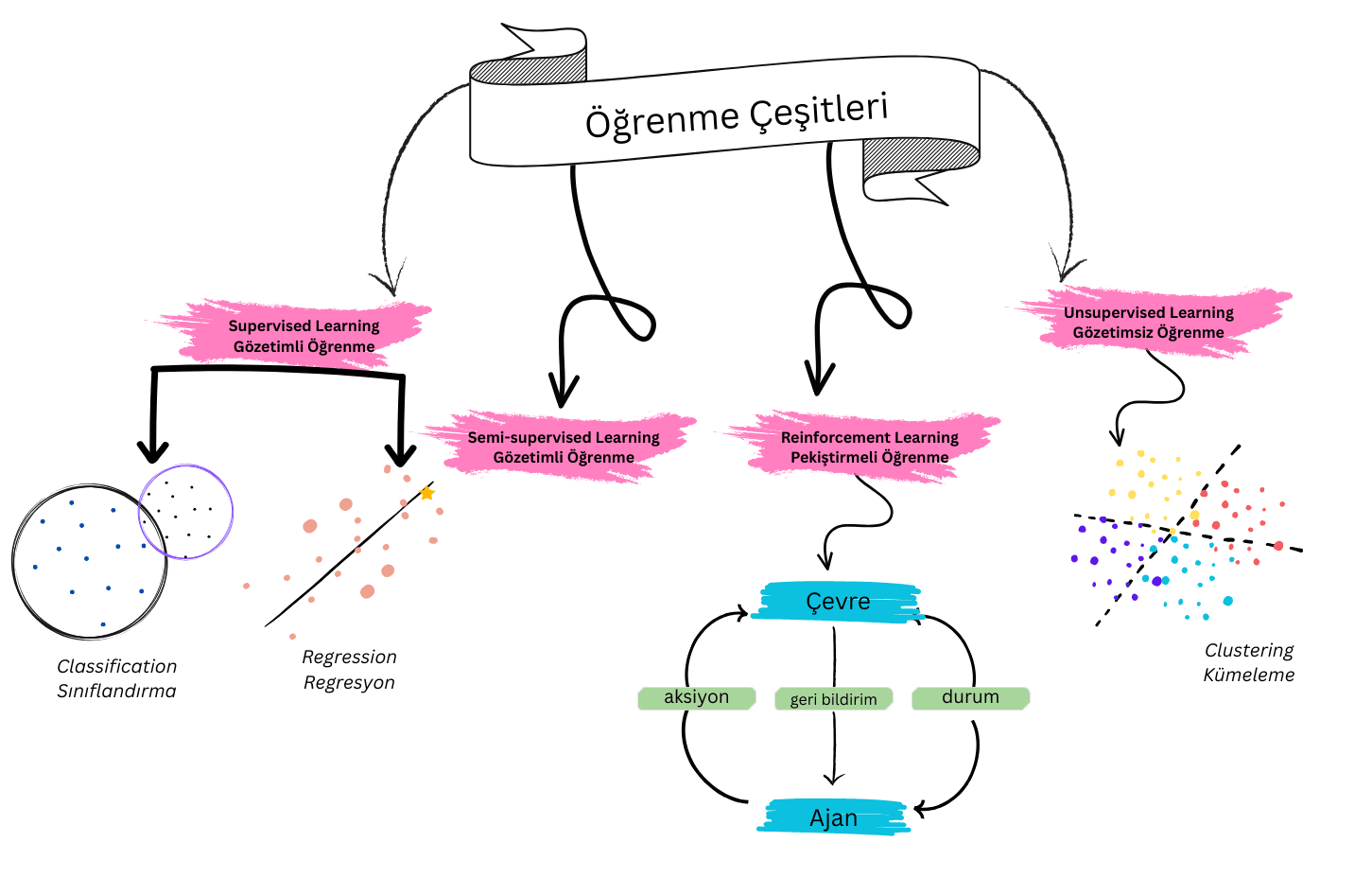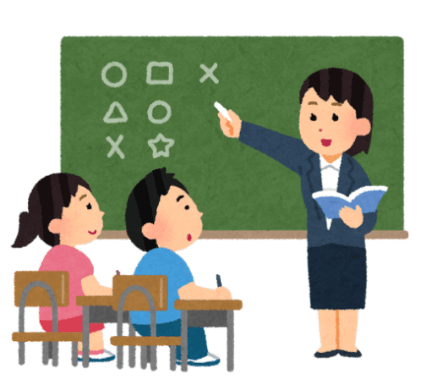
How Do Machines Learn (Or Do They Really Learn)?

In the previous sections of How Machines Learn: we decided to go on a journey together, we also agreed not to panic. Today, we are heating up the water a little more and getting into the more technical part of the business.
You are in the second part of our article series, while we have found answers to the questions of what is machine learning and what is not machine learning, now it is time to learn the types of machine learning. Afterwards, we will focus on some more basic concepts, you can think of it as creating a small dictionary. A starting point to be able to talk about the same things.
1. Types of Machine Learning
The types of machine learning are related to the answer you will give to the question of how you use data or what kind of data you use. What do I mean? What kind of trend does your data have? Is it prone to clustering or regression? Does your data have labels, or is your data actually a pile? All of this brings us to 4 main topics, let's try to explain these four main topics with simple analogies.

1.1 Supervised Learning

You can think of this type of learning as a teacher training a student through sample questions. The teacher shows the student the questions that have been asked and the answers to these questions. The expectation from the student is that he/she can answer new questions based on the question-answer pairs he/she has seen.
The data you use while training the model is labeled, for example, consider the problem of classifying junk mail. The model is sent emails marked as spam-junk, and the model is expected to sort future emails based on this labeled dataset.
Supervised learning is divided into two categories: classification and regression.
You can imagine classification problems as follows, think of a postman. The postman must place each letter in the correct mailbox. The class of the mail may vary depending on the address information and content.
The most commonly given example for regression is estimating the price of a house. In such problems, the result is not a class, but a number. A price estimate is made according to the characteristics of the house. The estimated value is a continuous value, think of it this way: as the square meter increases, the price will increase linearly.
1.2 Unsupervised Learning

The analogy we can use here is, in my opinion, an explorer who enters the forest with a map he cannot read. He knows the objects but does not know their meanings or features. He categorizes similar ‘things’ as common and tries to interpret them.
In real life, you can think of customer segmentation on e-commerce sites. Customers do not have a label, for example, we do not know their personal characteristics but we know their shopping behavior. We try to find similarities between customers with the information we have.
1.3 Semi-supervised Learning

Semi-supervised learning can be likened to the mentor analogy. The student learns on his own, for example by reading a book. When he is stuck, he consults his mentor.
The model has relatively little labeled data, and the correct guidance it receives here allows it to achieve higher success on the test data by trying to recognize the unlabeled data.
1.4 Reinforcement Learning

Reinforcement learning exactly mimics how a child learns to play a game. The child learns by observing the rules. He constantly tries different moves – takes actions and either wins or loses as a result. The child increases his success rate as he realizes that he is on the right track as he receives rewards.
Your model also learns from the feedback it receives from the environment. The most successful examples of reinforcement learning are again games. OpenAI Five, the artificial intelligence that defeated human players in the game Dota 2, and AlphaGo, which defeated human Go champions, were trained using reinforcement learning.
Son Olarak
In the second part of my article series, I tried to give you a slightly more technical perspective. In this part where we learned the types of machine learning, we should now have an idea of how we can approach the problems we will seek solutions for with machine learning. I think we are on the right track. In the next part, my plan is to create a small glossary of terms that we can use throughout the machine learning journey. All of the terms we will define in the glossary in their simplest form and more will be the subject of discussion in the following parts.
I would like to remind you again that the most important advice I can give you on this cosmic journey is not to panic. Until we see you in the next part, enjoy the journey!




